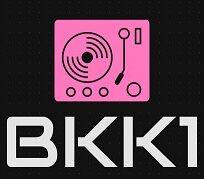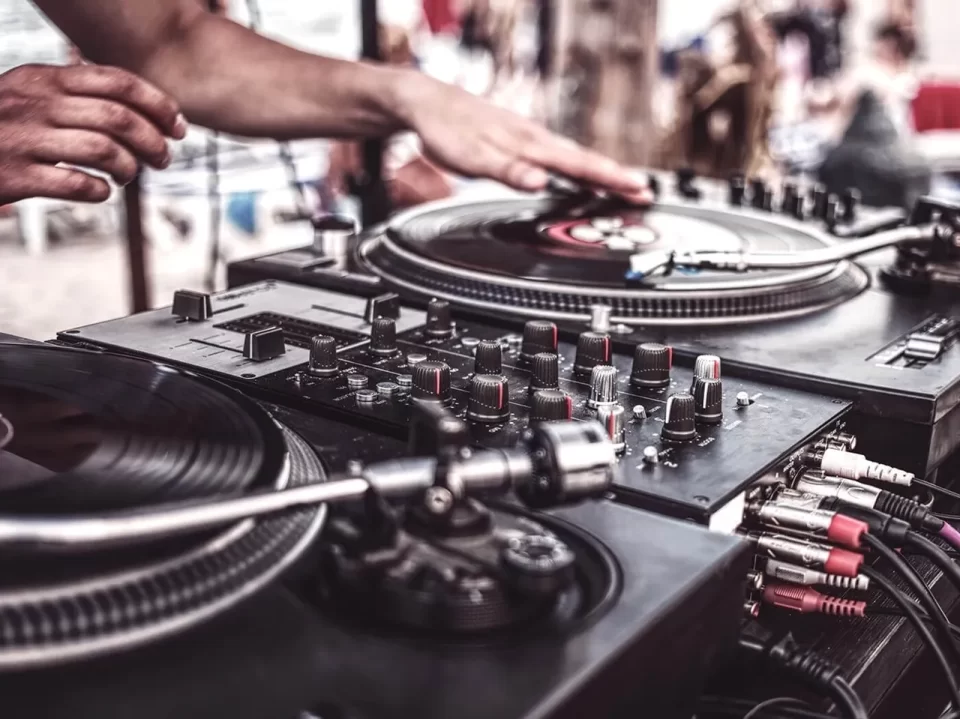The 1980s were a new era for disco music, as its demise in 1982 forced DJs to create music hybrids with new sounds and original disco elements. Garage music was showcased in New York during the mid-80s
The 80s
In 1981, MTV was launched as a television network dedicated to showcasing music videos. The term ‘video jockey’ (VJ) was given to the young presenters that introduced the videos, but the demise of disco music in 1982 was troubling for DJs as nightclubs and discotheques began to close and they had to turn to other entertainment styles. However, this was the same year as the ‘Big Bang’ of the audio revolution as the Compact Disc entered the public market in Asia. Also in the early 80s, DJ Larry Levan became a prototype of the modern dance club as he gained a following at the Paradise Garage, which showcased both the DJ and his music at the same time. It was around the same period that house music emerged in Chicago, with Jesse Saunders releasing the very first house music track in 1983!
In fact, the 1980s was a new era for disco music, as its demise in 1982 forced DJs to create music hybrids with new sounds and original disco elements. Garage music was showcased in New York during the mid-80s, and techno originated in the Detriot club scene. In 1985, the Winter Music Conference began, paving the way for DJ conferences, and in the same year, the first DJ-published music magazine appeared on the shelves: the TRAX Dance Music Guide. This was shortly followed by the DJ Times’ first publication in 1988.
Back in London, house music was taking off, with London DJs Paul Oakenfold, Danny Rampling, Johnny Walker, and Nicky Holloway all putting on nights after returning from a summer in Ibiza in 1987.
While house music had been played in cities in Northern England, the scene really took off in the capital during the late 1980s.
Some of these big classic house tunes still influence our London wedding DJ sets.
The 90s
As many can probably remember, the early 1990s were the birthplace of the rave scene! The rave scene was yet another big breakthrough for DJing as’superstar’ DJs were able to start making a name for themselves and develop brands for their sounds. In 1993, the first internet radio station was created by Carl Malamud, which now enables DJs of all skill levels to operate from personal computers. This was amplified once the first MP3 player was released in 1998, creating the very first digital DJ system. A year later, the Audio Video Licencing Agency of Canada announced an MP3 DJing licence, completely transforming the way DJs could operate, as instead of lugging their CD collections to gigs, they could now store and operate from a single hard drive!
The 2000s: Now
Since the start of the 2000s, we’ve seen nothing but technological advancements, and with this has come development after development in the DJing industry. High-tech digital sound mixers have led to an entirely new culture of DJ integration; internet software led to the creation of virtual DJs; and the introduction of DJ battles gave the industry its competitive rights. DJing is no longer just about playing songs as it once was; it is now about manipulating sound to produce incredible music and developing an atmosphere to go with it through lighting and effects. The history of DJing and the continual breakthroughs over the past 80 years

